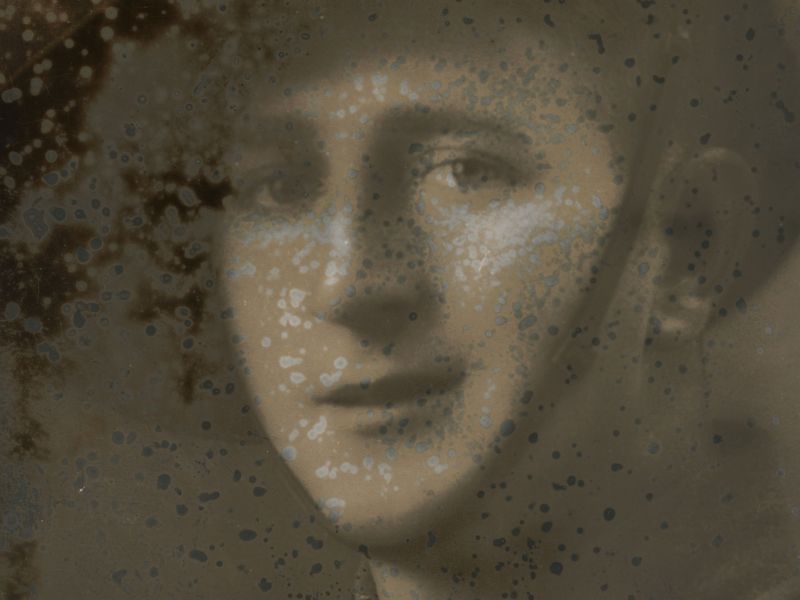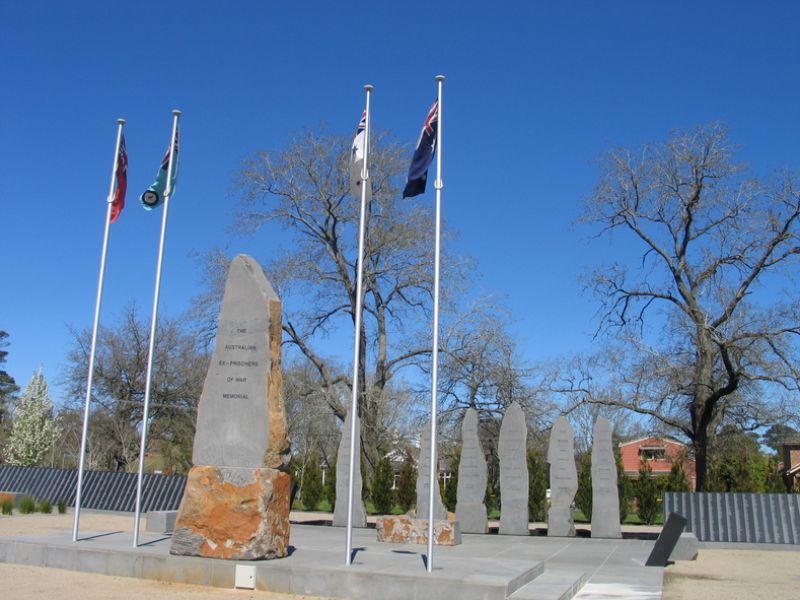Raymond Stanley Nugent
In the early hours of the 22nd of June, 1942, 1054 prisoners of war (209 civilians and 845 military personnel) were awakened at Malaguna Road Camp on the island of New Britain, and told to get ready to move. Taken captive when the Japanese had invaded the island, they were to be taken to Japan, to be used as slave labour. Conditions on the ship were beyond humane. Little food and water, and inadequate sanitary arrangements. The outward appearance of the Montevideo Maru was that of a standard Japanese transport. There were no special markings to indicate she was carrying prisoners of war.
At 0229 hours, on the morning of July the 1st, disaster struck. Two explosions were felt, both on the starboard side in holds No. 4 and No. 5. As the ship began to list to the starboard side and began going down from her stern, the Captain called to abandon ship. At 0240 hours she disappeared completely from the surface. Of the 1054 prisoners and 88 crew on board, only approximately 20 survived. The survivors were all Japanese.
The Montevideo Maru had been tracked by the US submarine USS Sturgeon, under the command of Lt. Cdr. William Wright, for over four hours. The Americans had no idea that they had just played a part in Australia’s worst maritime disaster. The Upper Murray lost five of their own that day. Ray Nugent was one of them.
In April, 2023, Sydney based Silent Foundation, and the Dutch company Fugro, located the wreck of the Montevideo Maru at a depth of more than 4000 metres, off the coast of the Philippines. No longer will the 1054 prisoners have “no known grave” next to their names.
Ray was born on the 10th of June, 1915, at Cudgewa, in the Upper Murray. He was one of ten children of James Alfred and Eve Evenden (née Scammell) Nugent. Ray’s father passed away in 1930 at only 48 years of age. The 10th of June 1930 edition of the Sunraysia Daily included a report on the tragic death of James, killed by a misfire from his own shotgun as he tried to get through a fence. Eve was left with ten children, aged from five through to fifteen, so it would have been important for all of the family to pull together.
Ray enlisted on the 24th of June, 1940, at Caulfield, the same day and place as Albert Mitchell. He and Albert’s training journey would take the same path and occur on the same dates. Two months after arriving at Rabaul in New Britain he was promoted to Lance Corporal in A Company of the 2/22nd. He would be admitted to hospital twice in the period 16th December to 2nd of January 1942. The first was due to a raised body temperature, the cause of which was malaria.
A Company’s initial position in the defence of Rabaul was at the Lakunai airfield and their task was to defend it at all costs. Shortly after dawn on the 22nd of January a force estimated to be of 100 heavy bombers, dive bombers and fighters attacked the Praed Point battery and the airfields at Lakunai and Vunakanau. Orders were then given to destroy the Lakunai airfield and all ammunition and fuel dumps. A Company was then moved to beach defences south of the town of Rabaul. Along with the company there were one section of vickers machine-guns, one section of personnel carriers, one section of mortars, one section of anti-tank guns and personnel from the NGVR.
After the Japanese landed, the commanding officer of A Company, Major Owens, found that their situation was deteriorating. With ammunition running low, communications further cut, more Japanese landing and a worry that they could be surrounded by the enemy, the decision was made to withdraw. Owens and his men withdrew to a location known as Four Ways. They continued to move in a westerly direction, with platoons leaping frogging each other to cover the withdrawal.
On January the 23rd A Company, along with C Company, found themselves deep in the jungle near the Keravat River. Small groups of soldiers split up in an attempt to make it to safety. At some stage over the next few days, Ray Nugent was taken captive. He was to become POW No. 2.
Ray is remembered on the Australian War Memorial Roll of Honour, Ballarat Australian Ex-Prisoners of War memorial, and the Labuan Memorial on the island of Labuan. For his service, he was awarded the 1939-1945 Star, the Pacific Star, the Defence Medal, the War Medal 1939-1945 and the Australian Service Medal 1939-1945.

 Stephen Learmonth
Stephen Learmonth